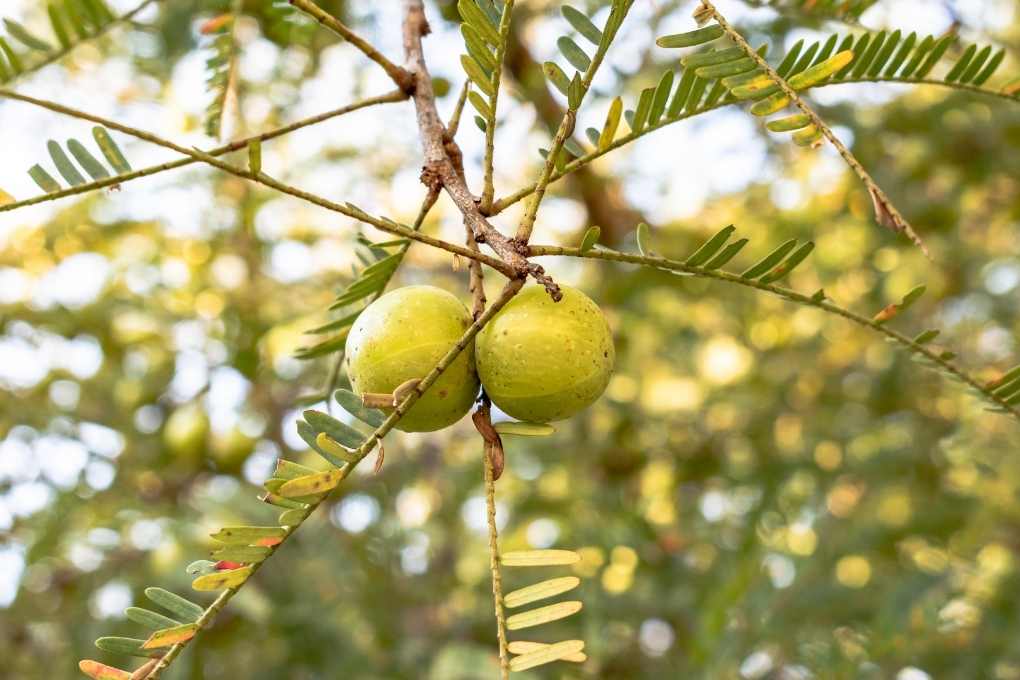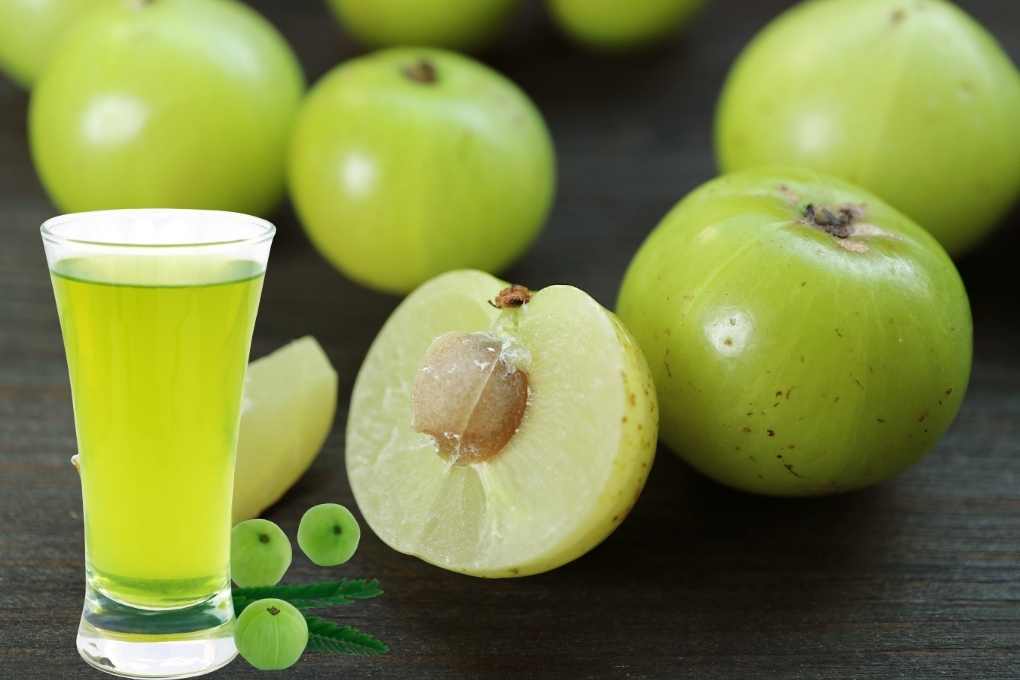Amla, also known as Indian gooseberry, is a powerhouse of nutrients and is widely consumed for its numerous health benefits. However, there are several misconceptions surrounding its consumption during the summer months. In this blog post, we will debunk some of the common myths and misconceptions about eating amla in summer.

Myth: Amla Causes Heat in the Body
One of the most common misconceptions about eating amla in summer is that it causes heat in the body. While amla is considered a “hot” food in Ayurveda, it does not necessarily raise the body temperature. Amla is a cooling fruit that can help maintain body temperature during the hot summer months.
Furthermore, amla is rich in vitamin C, which is known for its antioxidant properties and can help reduce inflammation in the body. So, consuming amla during the summer can have a cooling effect on the body.
Myth: Amla Should Be Avoided in Summer
Another misconception is that amla should be avoided during the summer months. This is far from the truth, as amla is a versatile fruit that can be consumed throughout the year, including summer. Amla is known to boost immunity and improve digestion, which is particularly beneficial during the summer season.

By incorporating amla into your diet during summer, you can reap its benefits and stay healthy during the hot and humid weather.
Benefits of Eating Amla in Summer
Contrary to popular belief, eating amla in summer can have several benefits for your health. Some of the key advantages of consuming amla during the summer months include:
Boosting immunity: Amla is rich in Vitamin C, which can help strengthen your immune system and protect you from infections.
Cooling effect: Amla has a cooling effect on the body, making it a perfect fruit to consume during the scorching summer heat.
Improving digestion: Amla is known to aid in digestion and can help prevent common summer digestive issues like indigestion and acidity.
Ways to Consume Amla in Summer
There are several delicious ways to incorporate amla into your summer diet. Some of the popular methods include:
Raw amla: You can simply wash and eat raw amla as a snack or add it to salads for a refreshing and nutritious boost.
Amla juice: Fresh amla juice is a popular summer drink that can help you stay hydrated and cool during the hot months.
Amla chutney: Amla chutney is a tasty condiment that can be paired with various dishes to add a tangy and flavorful twist.
Conclusion
In conclusion, the misconceptions surrounding the consumption of amla in summer are unfounded. Amla is a versatile fruit that can be enjoyed throughout the year, including the summer months. By debunking these myths and understanding the benefits of eating amla in summer, you can make informed choices about incorporating this superfood into your diet for a healthier and happier summer season.
